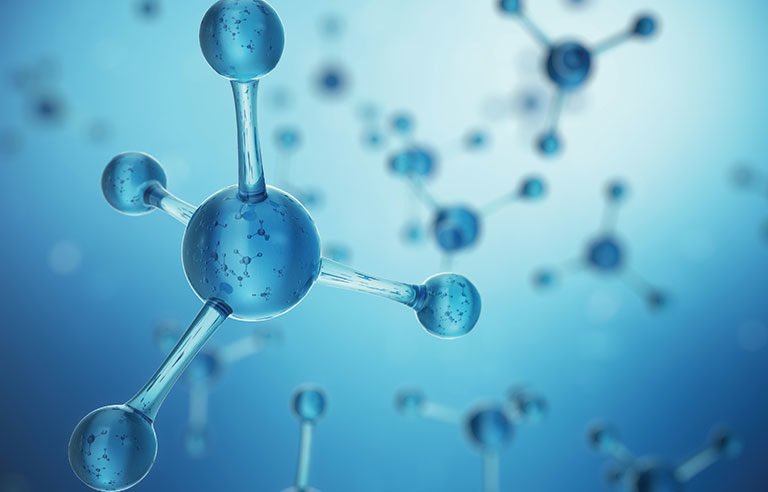Development of PCR tech
- Polymerase Chain Reaction (PCR) is a molecular biology technique used to amplify specific DNA fragments.
- It can be considered a special type of DNA replication that occurs outside of living organisms.
- DNA polymerase I was first discovered in 1955.
- The Klenow fragment of E. coli, discovered in the early 1970s by Dr. H. Klenow, has experimental value and practicality.
- Međutim, this enzyme is not heat-resistant and denatures at high temperatures, making it unsuitable for use in PCR that requires high-temperature denaturation.
- The enzyme commonly used today, referred to as Taq polymerase, was isolated from the bacterium Thermus aquaticus in 1976.
- Its characteristic of heat resistance makes it an ideal enzyme, but its widespread use came after the 1980s.
- The original concept of PCR, similar to gene repair replication, was proposed by Dr. Kjell Kleppe in 1971.
- He published the first experiment of pure and transient gene replication (similar to the first two cycles of PCR).
- The PCR developed today was pioneered by Dr. Kary B. Mullis in 1983, when Mullis worked for the company PE, giving the company a special position in the PCR field.
- Mullis and Saiki formally published the first related paper in 1985.
- Since then, the application of PCR has expanded rapidly, and the quality of related papers has surpassed many other research methods.
- Subsequently, PCR technology has been widely used in biological research and clinical applications, becoming a crucial technique in molecular biology research.
- Mullis was awarded the Nobel Prize in Chemistry in 1993 for his contribution.
The principle of PCR
The basic principle of PCR technology is similar to the natural replication process of DNA, and its specificity depends on the oligonucleotide primers that are complementary to the target sequence at both ends. PCR consists of three basic reaction steps: denaturation, annealing, and extension:
- Denaturation of template DNA: After heating the template DNA to around 93°C for a certain period of time, the double-stranded DNA of the template DNA or the double-stranded DNA formed by PCR amplification is dissociated, making it single-stranded so that it can bind to the primers and prepare for the next round of reaction.
- Annealing (reassociation) of template DNA and primers: After the template DNA is denatured into single strands, the temperature is reduced to around 55°C, and the complementary sequences of the primers and the single-stranded template DNA pair up and bind.
- Extension of primers: With the action of Taq DNA polymerase, using dNTPs as reaction substrates and the target sequence as the template, according to the principle of complementary base pairing and semi-conservative replication, a new semi-conservative replication chain complementary to the template DNA chain is synthesized. This chain can be amplified into millions of copies of the target gene within 2 to 3 hours by repeating the denaturation, annealing, and extension processes.
PCR reaction system and reaction conditions Standard PCR reaction system
| Component | Volume/Concentration |
|---|---|
| 10x amplification buffer | 10μl |
| 4 types of dNTP mixture | 200μl |
| Primers | 10-100μl |
| Template DNA | 0.1-2μg |
| Taq DNA polymerase | 2.5μl |
| Mg2+ | 1.5mmol/L |
| Double or triple distilled water | 100μl |
The five elements of PCR reaction:
- Primers (PCR primers are DNA fragments, while primers for cellular DNA replication are RNA chains)
- Enzim
- dNTPs
- Template
- Buffer solution (which requires Mg2+)
The standard PCR process consists of three steps:
- Denaturation of DNA (90°C-96°C): Under the influence of heat, the hydrogen bonds in the double-stranded DNA template break, forming single-stranded DNA.
- Annealing (25°C-65°C): The system temperature decreases, allowing the primers to bind to the DNA template, forming local double-stranded regions.
- Extension (70°C-75°C): With the action of Taq polymerase (optimal activity around 72°C), using dNTPs as substrates, extension occurs from the 5′ end to the 3′ end of the primer, synthesizing a DNA strand complementary to the template.
Notes:
- Each cycle undergoes denaturation, annealing, and extension, doubling the amount of DNA.
- Some PCR protocols, due to the short amplification region, can complete replication even if Taq polymerase activity is not optimal.
- In these cases, a two-step method can be used, where annealing and extension occur simultaneously at a temperature between 60°C and 65°C, reducing the number of temperature cycles and thus improving reaction speed.
